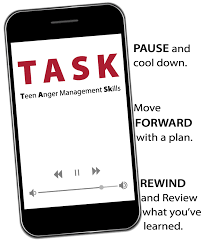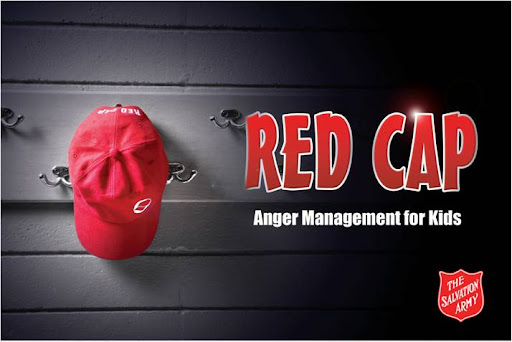Taking steps to manage anger is what some kids have been doing through the Red Cap and the Task programs at the Lloydminster Salvation Army.
The Red Cap covers kids 8-12 years old and Task is for teens, explains Tiffany Frank, program

“We put on a full grad at the end. They get a little ball cap with “Red Cap” on it. They get little prizes to take home. We make a big deal of it. Being willing to come, even if your parents send you, but being willing to come saying, “I have a problem with anger and I want to deal with it”, that’s huge.”
The program has been ongoing since February and will wrap up shortly as staff take a break and then get ready for Task with the teenagers.
“This is huge for a young person to do. We want them to know that they are doing great, and they are doing the right thing,” says Frank.
The six-week anger management tool kit for Red Cap involves teaching kids what anger is.
“Anger is a secondary emotion. You don’t just get angry. You get angry because you are hurt or you are embarrassed. Or you were left out. It’s really like an iceberg. It’s the tip of the iceberg. We want to find out what’s underneath the water. What’s causing that anger.”
The teaching then moves to helping children see what the primary emotions are at the root of the anger, explains Frank.”
So, what are the body signals they have, and what do others have when they are starting to get angry. So they can target this before they get too far down that anger road.”
She says they give the children tools to be able to ward off the anger and deal with it in a realistic and practical way.
“Understand that anger is normal. It’s not wrong to get angry. Where the problem comes is how we deal with that anger – and the outcome of it.”
In the Red Cap program, they use the colours of the stop light.
“The red light is stop and calm down. The yellow light is think of a plan and the green light is problem solved wisely.”
Frank adds the kids are given steps in each of those three areas to put in their anger management toolbox.
One of the differences of the program from similar efforts at schools is that it offers a safe space to talk about issues without having to do it at school where other kids may judge them.
“The program is just another avenue. There is so much anger out there amongst our children. Partially because of issues coming out of COVID. Children are dealing with broken homes. Parents do an amazing job, but there’s still that underlying anger. There are so many different layers.”
Frank sees the benefit of having all the programs and resources that are available to assist kids in their development.
Registration and other details for both programs are available at the Lloydminster Salvation Army.



